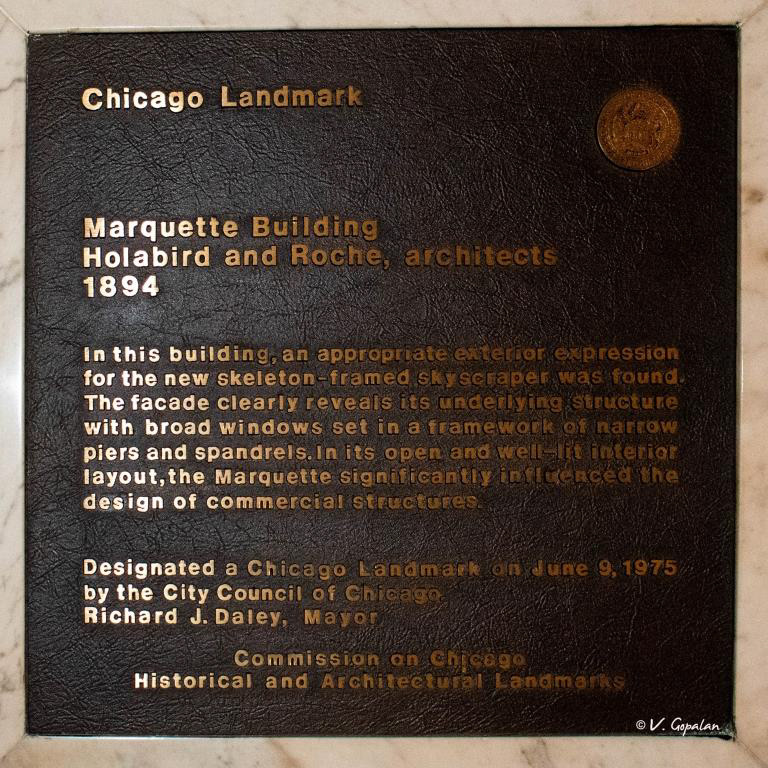Chicago's Chicago Skyscrapers
Today the early Chicago Skyscrapers are only in the proposed World Heritage site! They may be declared as a World Heritage Site by UNESCO any time soon.
They are nine primarily commercial buildings in Chicago’s central business district, the “Loop.” The buildings, built over a period of about 20 years starting in the 1880s, exemplify the first generation of “skyscrapers.” Making use of new technologies of the time, particularly internal metal structural systems instead of load-bearing masonry walls, they were able to rise to heights of near 20 stories with large plate-glass windows, the first elevators (lifts) to reach the high floors, and electric lights to make interior spaces usable. The architects active in designing these buildings, including Louis H. Sullivan, William Le Baron Jenney, John Wellborn Root, Charles Atwood and Martin Roche, simultaneously developed a new aesthetic for the building exteriors suited to this new form, consisting of a vertical, tripartite form derived from classical columns and expressing the internal structure and functions of the buildings.
This group of buildings include very early, technically innovative, and architecturally expressive examples of a new typology of construction, the modern tall buildings, or “skyscraper.” The form’s emergence in significant numbers in Chicago in the late 19th and early 20th century was spurred by a fortuitous convergence of the availability of new materials and technologies, rapid urban growth, and the opportunity to rebuild Chicago’s downtown following the Great Fire of 1871.
The form and style that emerged in these buildings, known initially as the Commercial Style and later as the Chicago Style, or the Chicago School of Architecture, exhibit an exceptional synthesis of technical and design inventiveness, a decisive innovation in modern architecture that has forever changed the form of commercial buildings and the cities they make up.
The concentration of many these buildings in the Loop, the result of an intense period of construction, illustrates the first emergence of the 20th-century city, with a city centre quite novel in form and scale. The buildings that remain from this period form an important group unified by location, time and innovators and make Chicago distinct.


Auditorium Building - Adler & Sullivan 1886
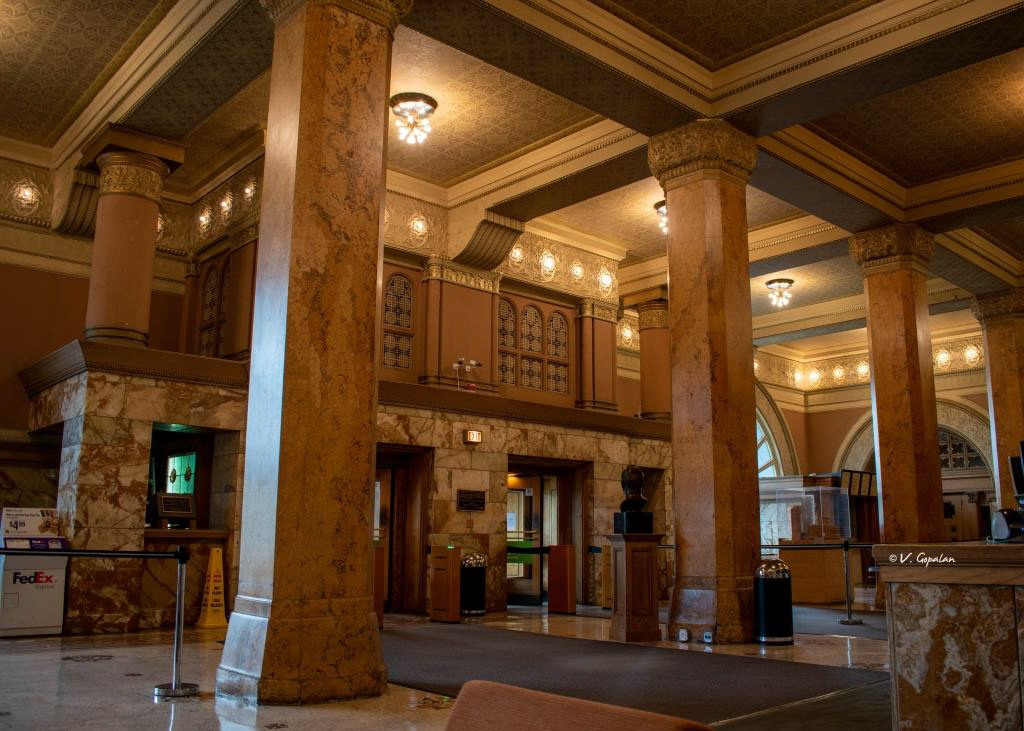
Inside Auditorium Building

Inside Auditorium Building


Old Colony Building - Holabird & Roche 1894

Old Colony Building



Peter J Weber, D. H. Burnham & Co 1896

Fisher Building

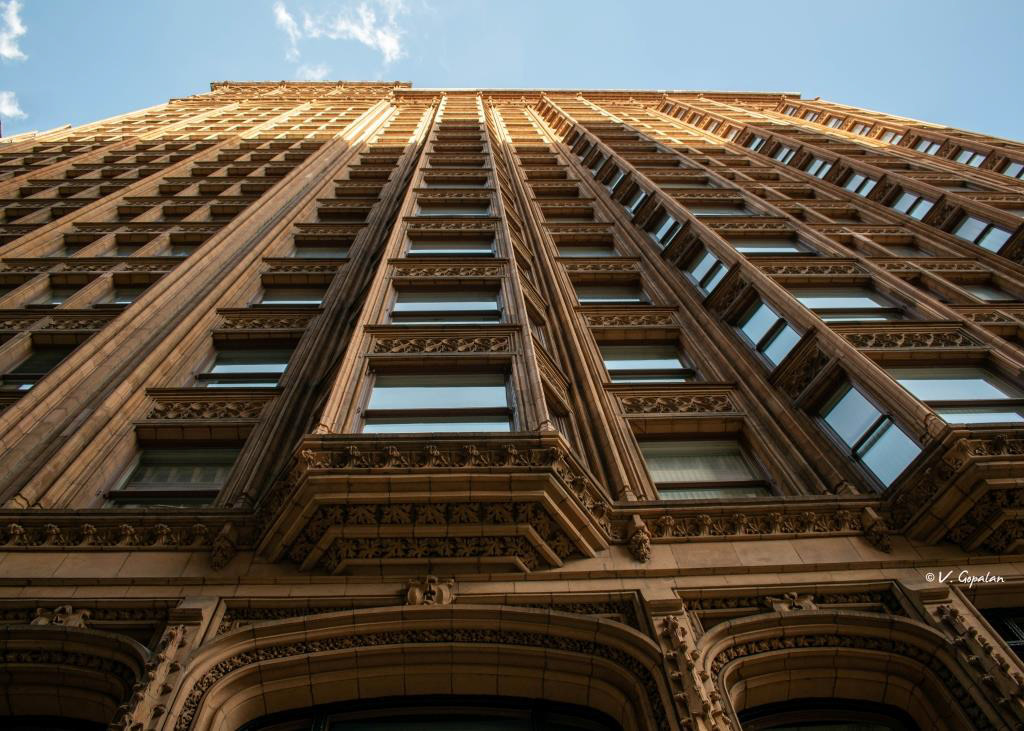
Fisher Building

Monadnock Building - Burnham & Root 1889


Monadnock Building
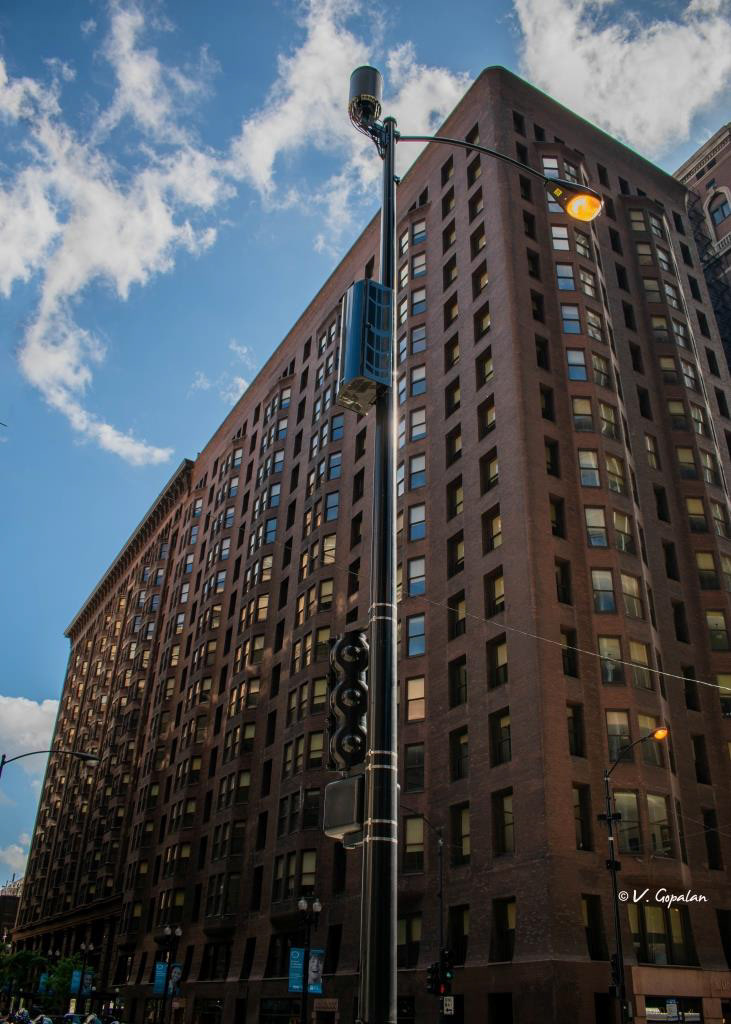
Monadnock Building

Monadnock Building

Monadnock Building
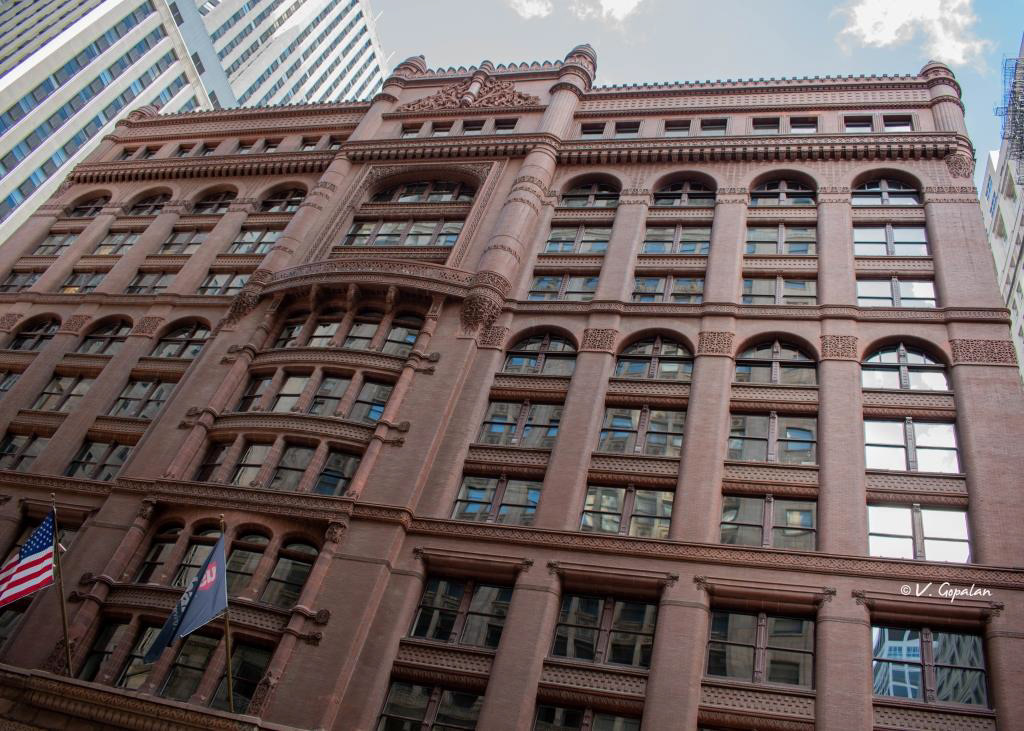
Rookery Building Burnham and Root 1886
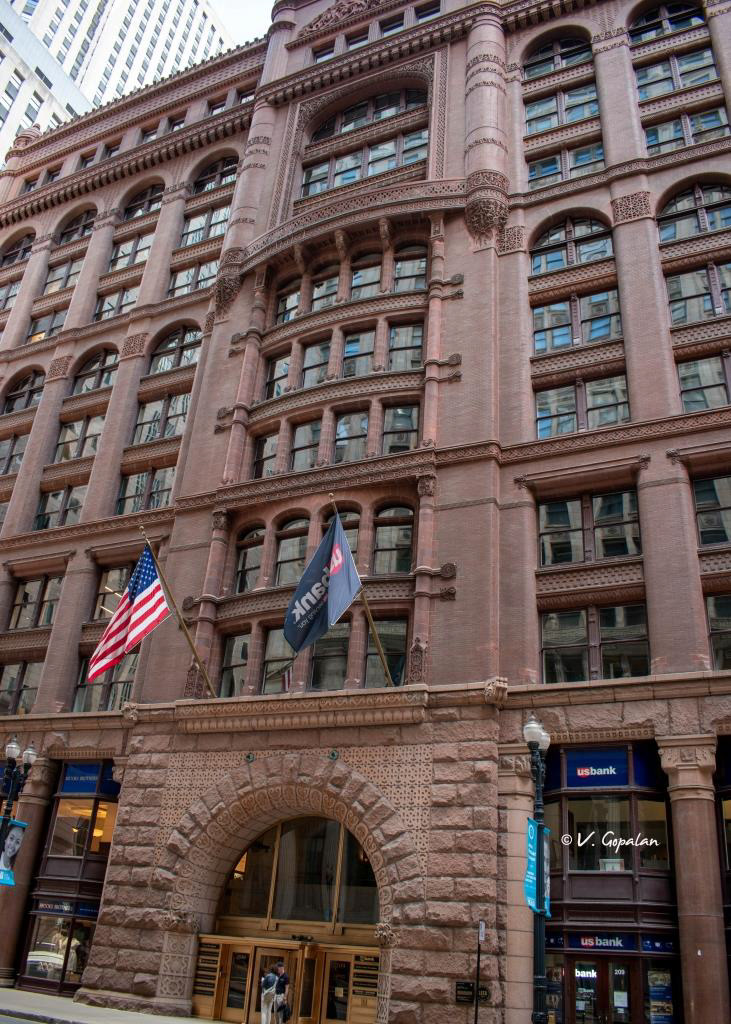
Rookery Building

Rookery Building

Rookery Building

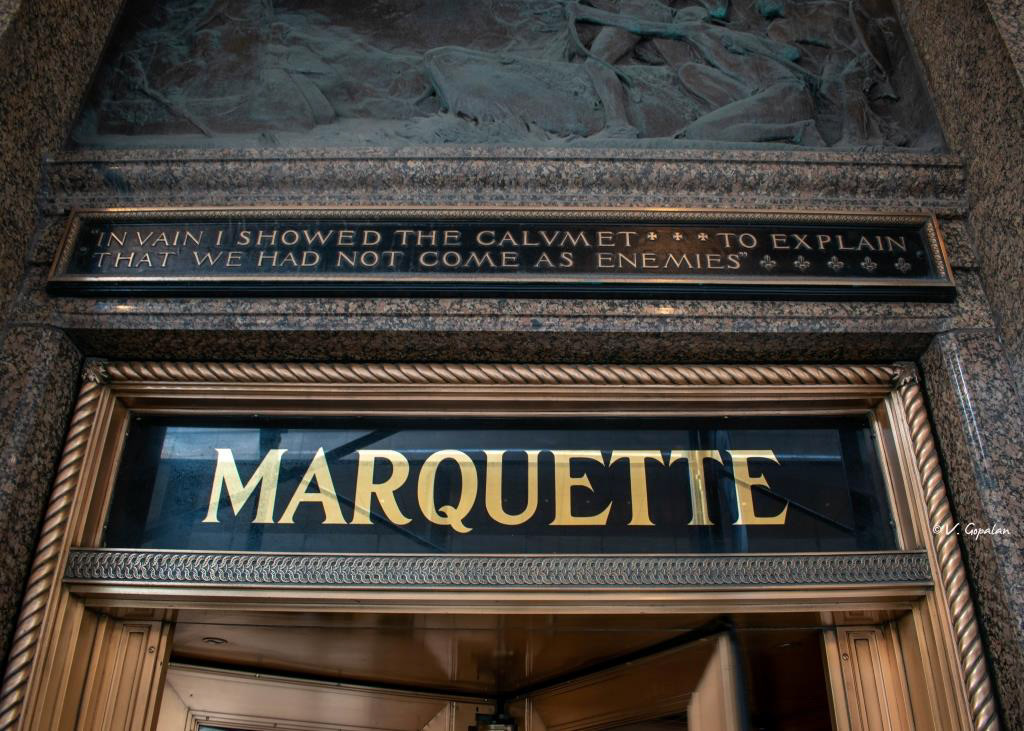
Holabird & Roche 1894

Inside Marquette Building
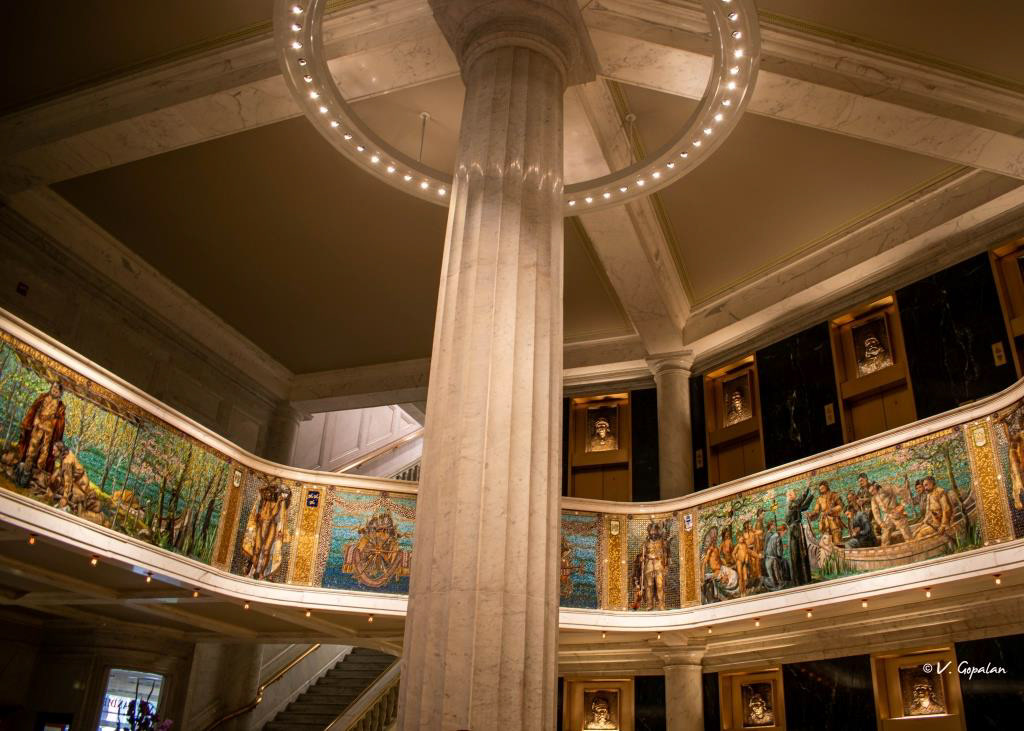
Inside Marquette Building

Inside Marquette Building

Inside Marquette Building

Inside Marquette Building
